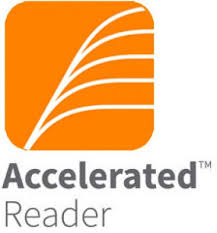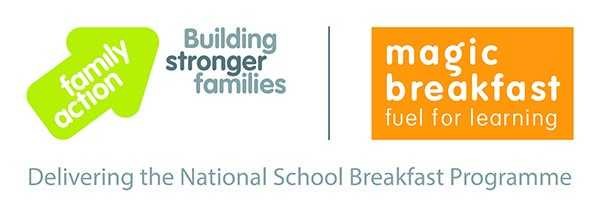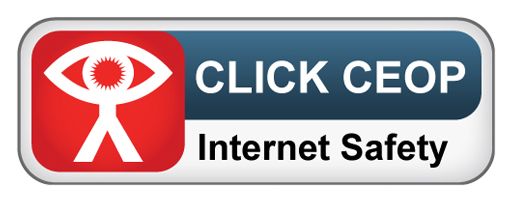English - Phonics
Intent
At South Avenue Primary School, we are dedicated to the delivery of high-quality phonics teaching. We strive to ensure that all children become successful, fluent readers by the end of Key Stage One as well developing a love of reading that will stay with our children for the rest of their lives. We have a heavy focus on the development of language and language skills for our children because we know that speaking and listening are crucial skills for reading and writing across all subject areas.
Implementation
At South Avenue Primary School, we follow Twinkl Phonics; a validated systematic synthetic phonics programme. It is a progressive programme that covers Levels 2-5. Discrete phonics lessons take place daily across Reception and Key Stage 1. They follow the cycle of ‘Assess, Teach, Practise, Apply’ to ensure that children are consolidating phonic knowledge and skills over time and that they are able to apply them in context.
Level 2 is introduced in Reception, which contains 19 letters of the alphabet or ‘graphemes’ as they are called in phonics and their corresponding sound or phoneme. Following on from level 2, the children start level 3, which introduces the remaining 7 letters/graphemes of the alphabet and their corresponding sound/phoneme. During this level, children are also introduced to digraphs, which are two letters that make one sound, e.g. ‘ch’. Throughout levels 2 and 3, children are taught how to orally segment and blend sounds together to be able to read and write words and are sent home with reading books that allow the children to practise applying their knowledge. After children are secure with phase 3, they then move onto phase 4. No new sounds are taught within this phase, instead children learn to segment longer words with adjacent consonants or as we call them, ‘blends’, e.g. ‘mp’ in ‘jump’.
As children begin year 1, they are formally introduced to level 5 which is a more complex code, as it now begins to introduce children to the idea that there can be more than one grapheme for each sound and that additionally, there are different ways of pronouncing the graphemes that they have already learnt, e.g. ‘a’ as in ‘hat’ or ‘acorn’.
Our phonics lessons proceed at pace and incorporate a wide range of practical and interactive learning opportunities to engage the children. These learning opportunities are carefully chosen to ensure that children develop their skills in aural discrimination and phonemic and rhyme awareness, blending and segmenting as well as grapheme-phoneme correspondence.
All teachers are well-equipped with a varied range of resources to use during their phonic sessions which are age and phase appropriate for the children that they are working with. They include practical resources such as the alphabetic code poster, sounds frieze, grapheme tiles, magnetic letters and phonic strips. As well as these resources, there are also age and phase appropriate displays in both Reception and Key Stage 1 classrooms and intervention rooms to support the teaching and application of phonics in Reading and Writing.
Impact
Assessment and intervention
We track our children’s phonic progress throughout each phase to monitor both achievement and progress. We do this half termly.
Our main emphasis on the assessment of phonics is on how effectively the children are able to apply their learning into reading and writing. This provides the evidence that the phonic learning is fully embedded.
If necessary, further support through targeted interventions is provided for children to enable them to keep up with the phonics programme. The lowest 20% of children are heard read at least once per week by a teacher or teaching assistant.
Additional support for phonics is also put in place for those children in KS2 that still require support.
Phonics Screening Check
At the end of Year 1, all children are tested with the phonic screening test published by the Department for Education. These tests use real words and made up words to test each child's phonological knowledge and skills. The expectation is that all children should be able to pass this test which means they know all of their phonic sounds.
Here are some useful videos...
Level 3 Sounds and Actions
Level 5 Sounds and Actions
Check out Twinkl Phonics on YouTube for lots more useful videos!







